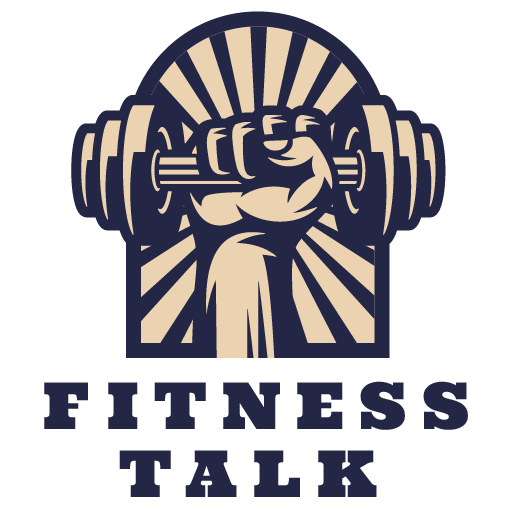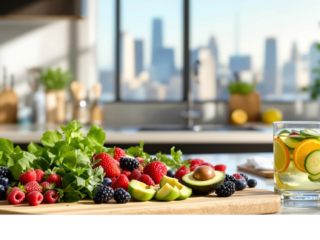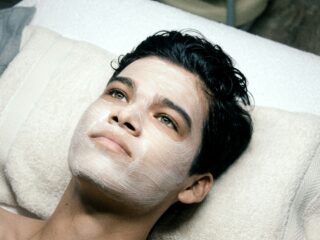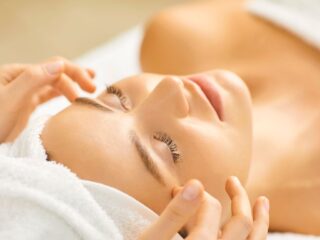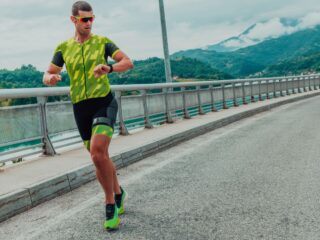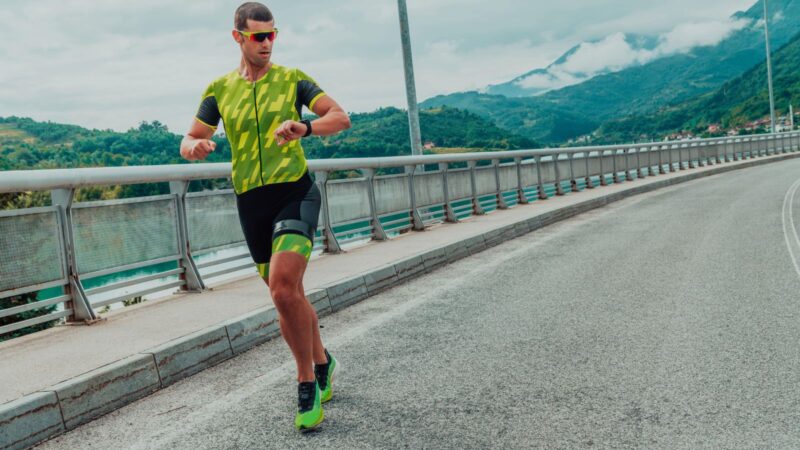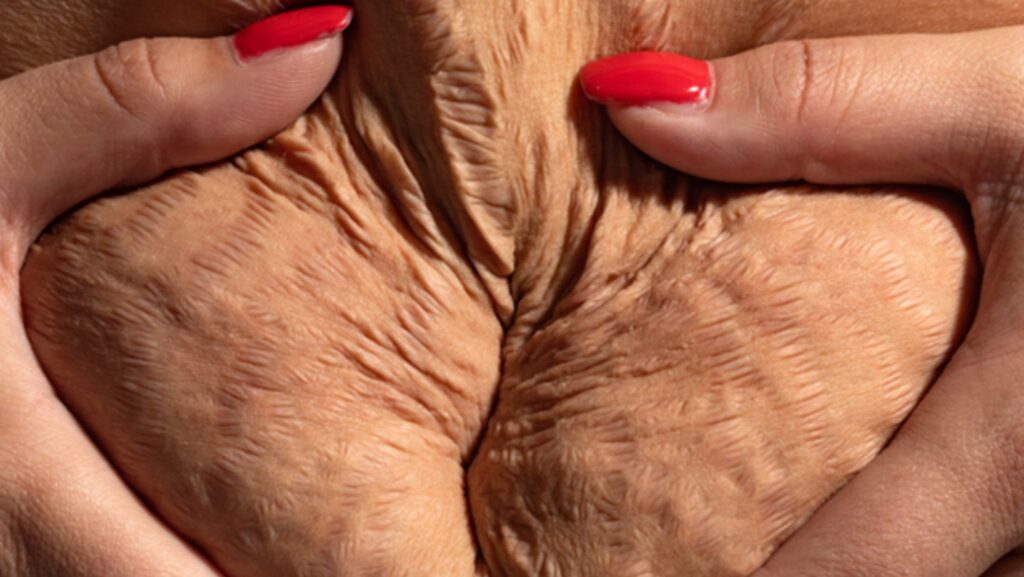
Stretch marks are a common skin condition that some people have, especially those who follow fitness routines that include muscle gain or weight swings. Whether you are an athlete, bodybuilder, or someone on their weight loss journey, you might notice these stripes in the way of streaks on your skin. Despite being completely natural and harmless, lots of people look to learn how they’re formed, how to avoid them, and how to reduce their appearance.
In this in-depth article, we will discuss the connection between fitness and stretch marks and how they come to be, how to prevent them, and how to treat them effectively.
Understanding Stretch Marks
What Are Stretch Marks?
Striae, commonly known as stretch marks, are scars that occur when the skin stretches or shrinks quickly. This results in the fibers of collagen and elastin rupturing and creating visible streaks in the skin. Stretch marks start as red, purple, or pink lines before they turn to white or silver as they fade over the years.
It is important to understand the common causes of stretch marks in fitness.
Stretch marks are usually linked to pregnancy and puberty but are common among fitness enthusiasts , too. Some of the main fitness-related causes are as follows:
- Quick Muscle Growth – individuals who do intense strength training or bodybuilding may have their muscles swell after a workout, and their skin will stretch beyond the natural limits.
- Weight Gain and Loss – Whether due to bulking or cutting phases, increases and decreases in body weight cause the skin to stretch or shrink, which in turn leads to stretch marks.
- Intense Training – Intense workouts that also produce swift alterations in body structure could encourage the development of stretch marks.
- Hormonal Changes – Changes in hormones, such as a spike in cortisol from exercise, can cause your skin to lose elasticity and become more prone to striae.
- Dehydration and Malnutrition – Insufficient hydration and nutrient content decreases the skin’s ability to accommodate, making it vulnerable to breaking.
How to Avoid Stretch Marks in Fitness
While stretch marks may not always be avoidable, there are things you can do to help prevent stretch marks while staying active.
- Keep Slow and Steady for Your Fitness Progress
- Do not gain or lose weight so drastically or so fast. Gaining muscle and losing weight gradually gives your skin time to adjust.
- Stay Hydrated
- Skin elasticity is highly dependent on hydration. Stay hydrated with a lot of water, and that will keep your skin supple and elastic.
- Eat Good Foods to Make Your Skin Shine
A vitamin and mineral-rich diet contributes to skin health and elasticity. Incorporate foods high in:
Vitamin C (citrus fruits, bell peppers) to increase collagen production.
Vitamin E (nuts, seeds, green leafy vegetables) to protect skin cells.
Zinc (lean meats, legumes) to help repair skin.
Protein (eggs, fish, dairy) to promote collagen formation.

Topical Moisturizers and Oils
Using moisturizers or oils infused with cocoa butter, shea butter, or almond oil can help keep the skin hydrated and elastic.
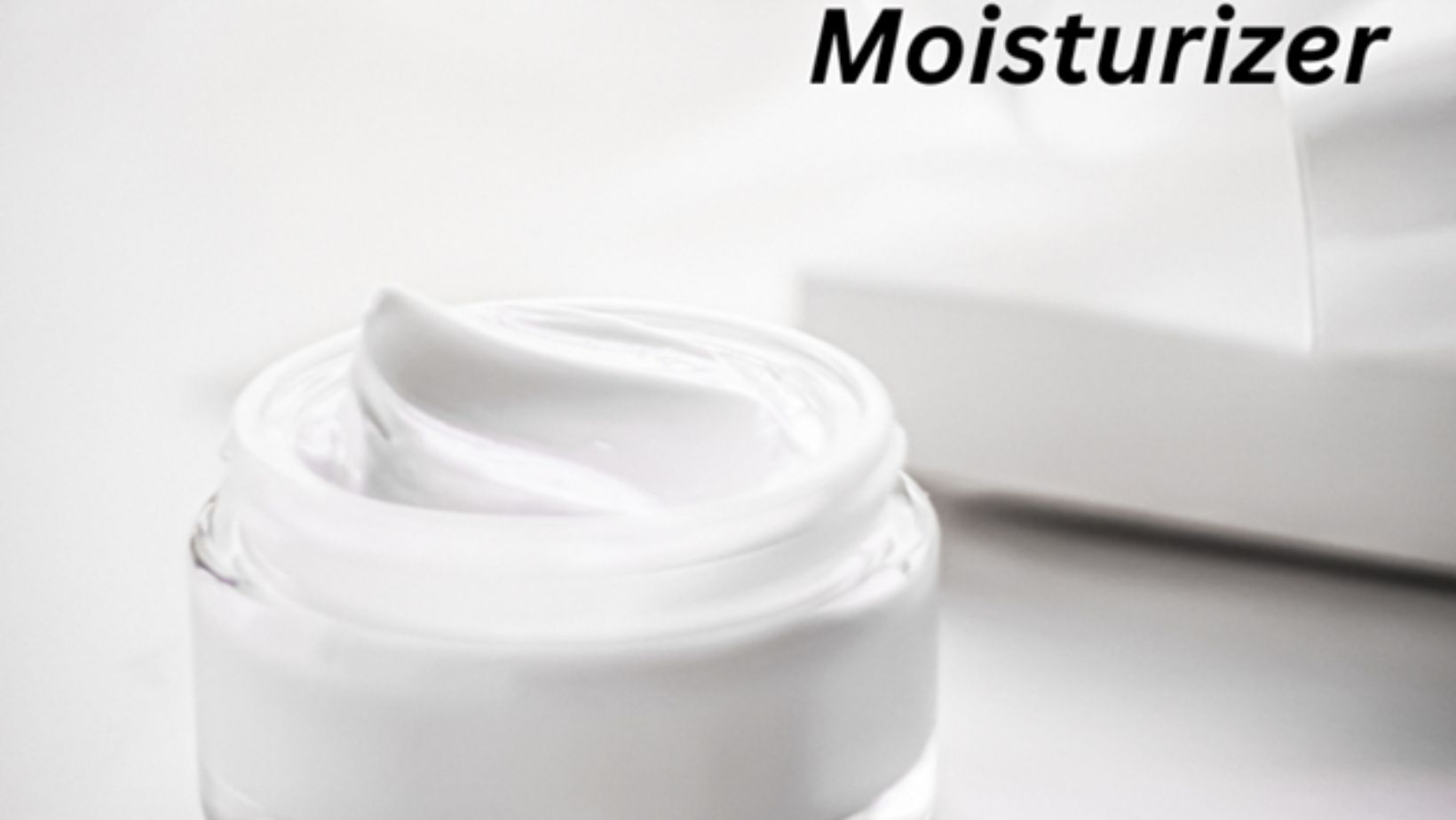
Add Supplements for Skin Health
This helps to improve skin elasticity and resilience, thus reducing the risk of stretch marks.
Reducing the Visibility of Stretch Marks
If you already have stretch marks, don’t panic — there are multiple ways to minimize the appearance and texture of your skin.
Retinol Creams
Retinol, a vitamin A derivative, stimulates collagen production and can slowly smoothen the texture and hue of stretch marks.
Laser Therapy
Laser treatments like a fractional laser (e.g., Fraxel) or pulsed dye laser stimulate collagen production and reduce pigmentation, resulting in fewer visible stretch marks.
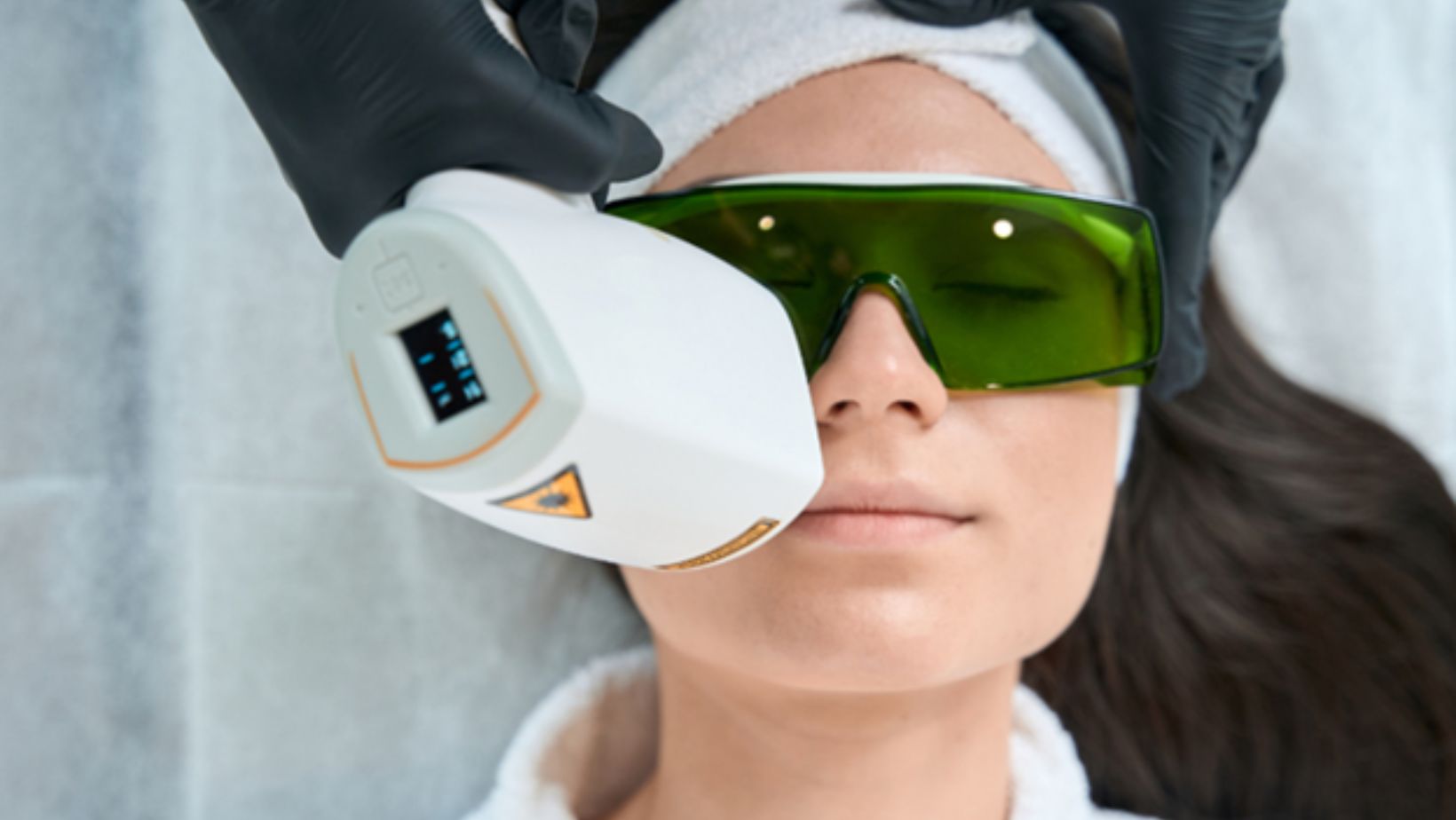
Microneedling
Using tiny needles to create micro-injuries in the skin, microneedling triggers collagen production and improves skin texture.
Chemical Peels
Glycolic acid and trichloroacetic acid (TCA) chemical peels exfoliate the skin and encourage the growth of new cells, which, over time, can improve the appearance of stretch marks.
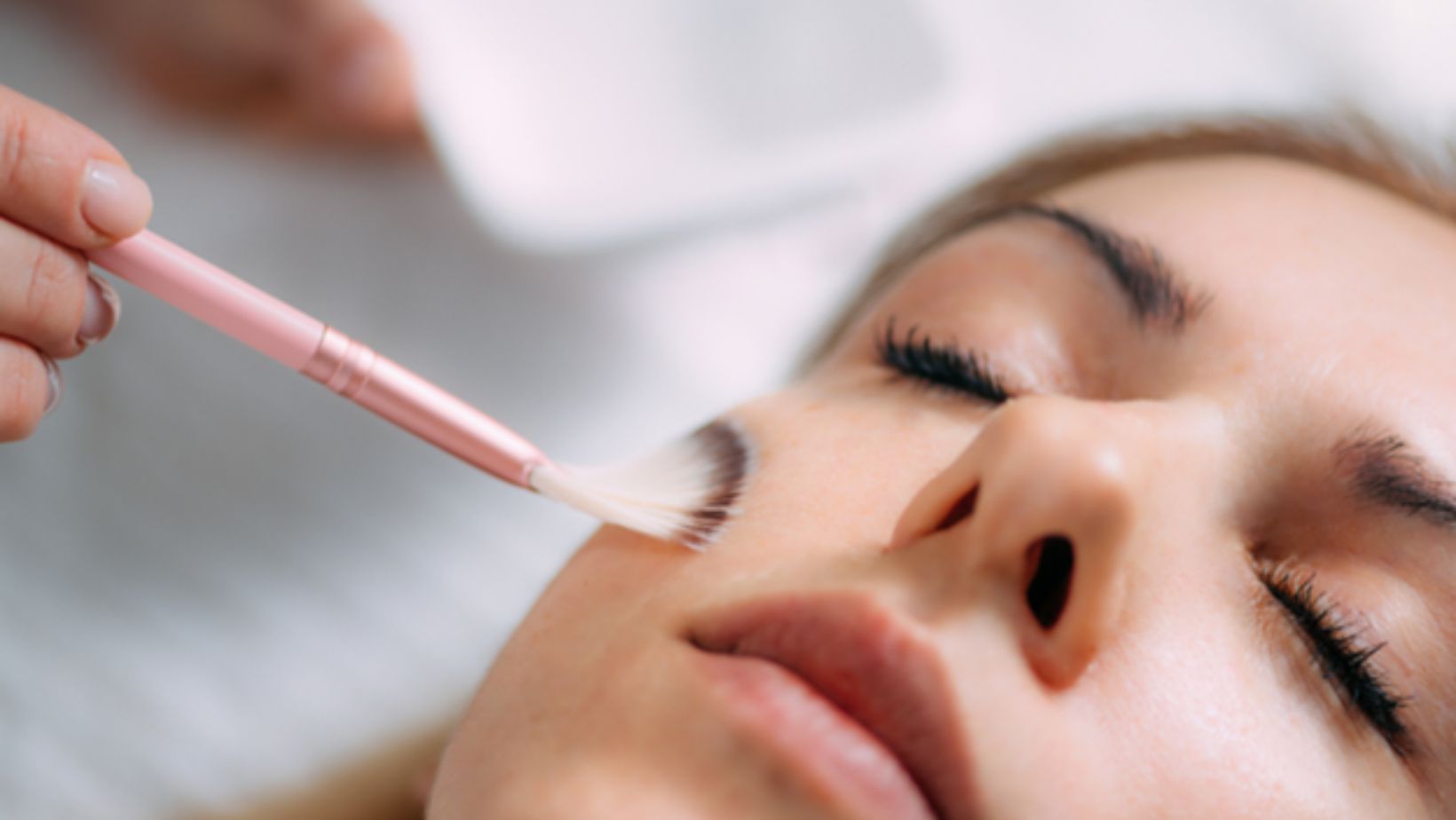
Massage and Dry Brushing
Rubbing affected areas with oils or a dry brush helps blood circulation, which may help in skin repair and collagen production.
Stretch Marks: The Battle Scars of Progress
Understandably, we all want smooth, perfect skin, but stretch marks are often a mark of physical growth, strength, and progress. Many athletes and fitness lovers embrace these during their journey. Don’t let stretch marks make you feel self-conscious; instead, think of how stretch marks are a testament to your hard work and effort toward your fitness journey.
Stretch marks can be a common occurrence on many fitness journeys, but they don’t have to be something that worries us. While you can’t stop them from coming up in the first place, you can minimize the risk and reduce their visibility by taking it easy, keeping your skin in top form via diet and hydration, and using effective treatments. But they’re also a normal part of how bodies evolve. Understanding your workout journey is not the same as everybody else’s, and each scar on your body has a tale to tell of resilience and growth.
Whether you decide to prevent, minimize, or embrace your stretch marks, all that really matters is feeling confident and prioritizing your overall health and wellness.
